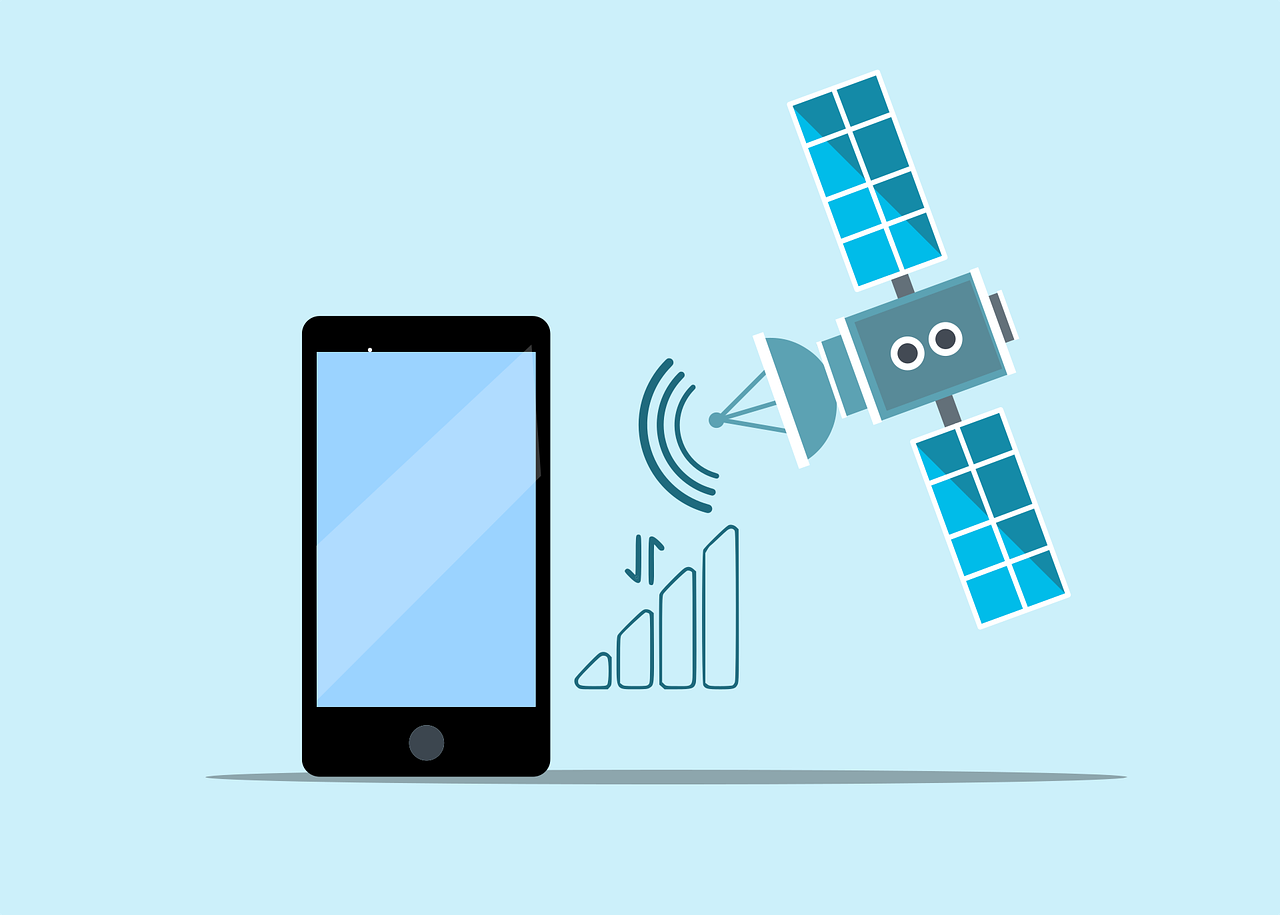This post is also available in:
 עברית (Hebrew)
עברית (Hebrew)
SpaceX’s latest Falcon 9 mission contained its first set of Starlink satellites capable of transmitting a signal from space directly to our smartphones, with US company T-Mobile being the first wireless provider in the US to launch a new “Coverage Above and Beyond” service.
As part of this latest launch, the Falcon 9 successfully launched a total of 21 satellites to LEO, six of which are equipped with an advanced modem that acts as a cellphone tower in space allowing direct-to-cell capabilities. Once in orbit, the satellites reportedly immediately connected over laser backhaul to the Starlink constellation to provide global connectivity, according to SpaceX.
T-Mobile’s statement said that the direct-to-cell service will begin with text messaging, followed by voice and data capabilities in the coming years, and field testing is expected to begin very soon.
This unique Starlink coverage is expected to be activated whenever a smartphone user enters a mobile dead zone (similar to a roaming function), with the president of marketing, strategy and products at T-Mobile Mike Katz expressing his hope that mobile dead zones will soon become a thing of the past.
Other major global network providers expected to also “catch a ride” on the new Starlink Direct to Cell service include telcos Optus in Australia, Rogers Communications in Canada, KDDI in Japan, One NZ in New Zealand, Salt in Switzerland, and Entel in Chile and Peru.
This collaboration with T-Mobile was originally announced in 2022 as a way to provide low-cost cellular coverage in remote locations that were previously unreachable by traditional cell signals. SpaceX claims that more than half a million square miles of the US are completely devoid of cell signals, and this revolutionary technology is about to change that.


























